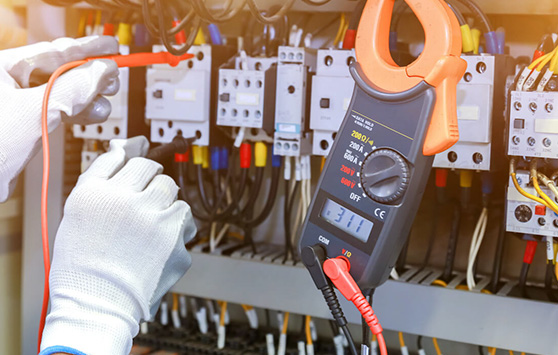The Importance of White Amalgamating Tape in Electrical Applications
In the world of electrical insulation, protection, and maintenance, one item often overlooked is amalgamating tape, particularly in its white variant. Amalgamating tape is a specialized self-fusing silicone-based tape designed for a variety of electrical applications. This article discusses the significance of white amalgamating tape, its unique properties, and how it plays a crucial role in ensuring the safety and efficiency of electrical systems.
Understanding Amalgamating Tape
Amalgamating tape differs from standard insulating tape primarily because of its unique self-fusing properties. Unlike traditional tapes, which have adhesive on one side, amalgamating tape adheres to itself when wrapped around objects. This feature allows it to form a strong, waterproof seal that can withstand temperatures, UV exposure, and various environmental factors. The white color of the tape not only offers a professional appearance but also aids in visibility, making it easier to spot during inspections or repairs.
Key Properties
The white amalgamating tape possesses several favorable properties that make it ideal for electrical applications
1. Self-Fusing When wrapped around wires or other surfaces, amalgamating tape fuses to itself to create a seamless layer of protection that is both strong and flexible.
2. Temperature Resistance It can withstand a range of temperatures, typically from -60°C to 180°C (-76°F to 356°F), making it suitable for both high and low operating conditions.
3. UV Stability The tape is resistant to ultraviolet light, ensuring its integrity and effectiveness even in outdoor applications.
4. Waterproof Once applied, it creates a moisture-resistant barrier, protecting electrical components from water damage.
Applications in Various Fields
Amalgamating tape is versatile and finds use in numerous industries
white amalgamating tape

- Electrical Utilities It is widely used in overhead power line applications for insulating and protecting connections and junctions from environmental elements.
- Telecommunications The tape provides protection for cables, ensuring signal integrity and safety in communication systems.
- Aerospace and Automotive Due to its lightweight and resistant properties, it is employed in various applications, from wire harnessing to protecting sensitive components from moisture and abrasion.
- HVAC Systems In heating, ventilation, and air conditioning systems, it is utilized to insulate refrigerant lines and electrical connections, ensuring efficiency and safety.
Installation and Best Practices
While using white amalgamating tape is straightforward, a few best practices can enhance its effectiveness
1. Surface Preparation Ensure that the surface to which the tape will be applied is clean and dry. Removal of dust and grease will improve bonding.
2. Proper Overlap When wrapping the tape, maintain a 50% overlap for optimal fusion and coverage.
3. Stretch the Tape Gently stretching the tape while applying ensures a tighter seal and better adhesion.
4. Cure Time Allow the tape some time without stress to reach its full fusing potential.
Conclusion
White amalgamating tape is an essential component in the toolbox of electricians, engineers, and maintenance personnel. Its self-fusing capability, combined with its robust protection against environmental hazards, makes it a reliable choice for various electrical applications. By understanding its properties and the best practices for installation, professionals can ensure the longevity and safety of their electrical projects. As technology continues to advance, the role of innovative materials like amalgamating tape in electrical applications will undoubtedly become even more critical.
-
XIANGFAN Rubber Tape-Ultimate Solutions for All Your Insulation NeedsNewsJun.24,2025
-
XIANGFAN Rubber Tape-Protection for Industrial and Residential ApplicationsNewsJun.24,2025
-
XIANGFAN Rubber Tape: Superior Safety and Sealing for Demanding EnvironmentsNewsJun.24,2025
-
XIANGFAN Rubber Tape: Reliable Solutions for Every Electrical ChallengeNewsJun.24,2025
-
XIANGFAN Electrical & Industrial Tape: Powering Reliability Across IndustriesNewsJun.24,2025
-
XIANGFAN Electrical & Industrial Tape: Excellence in Every ApplicationNewsJun.24,2025
